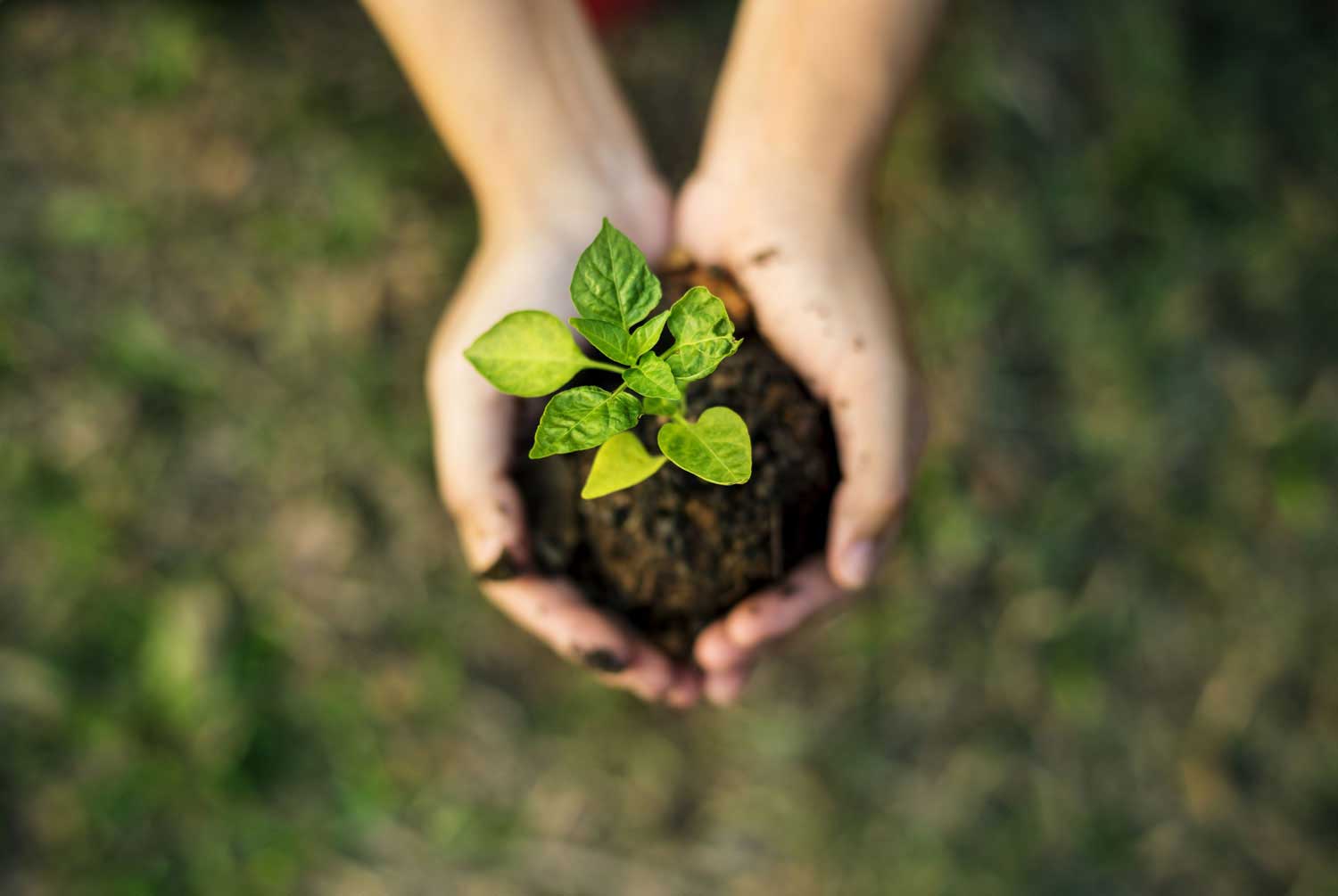What's the difference: Dirt vs. soil

Take a step out into your yard and think about what's below your feet. What's under the grass? If your answer is dirt, you're right, but that's not the whole story. There's soil down there too. That's what the grass is growing in.
Dirt and soil are not the same thing. One easy way to explain the difference is that soil is useful while dirt is not. Dirt is what makes you dirty. It's what gets under your fingernails or on your clothes when you're gardening. It's what the dogs track into the house after a romp in the yard. Soil, on the other hand, is a complex mixture of decomposing organic matter and other particles, according to the Kansas State University Research and Extension. There's actually dirt in the soil, but it's just one component of it. And when soil becomes degraded and loses all those particles that make it soil, what you're left with is dirt.
Soil has four components: minerals, organic matter from decomposing plants and animals, water and air, according to the Soil Society of America. The dirt in soil is part of the mineral components. How all four of these components combine and interact with each other is what makes it so vital and also what makes soil so variable.
Soil is extremely complex and varies greatly from region to region. The soil in Will County is much different than the desert southwest. In fact, the soil here in Will County is different than the soil even in the southern parts of the state. The United States alone is home to about 70,000 soil types, according to the Smithsonian Environmental Research Center. Soil types are classified based on their dominant biological, chemical and physical properties, which is also how different soils are differentiated from one another.
New soil is formed when rocks break down because of weathering. Although new soil is always being formed, it's an extremely slow process. In cold, dry climates, it can take more than 1,000 years for 1 inch of topsoil to form, according to the Soil Society of America. The process is faster in warmer, more humid climates, but it still takes 100 years for a new 1-inch layer of topsoil to form.
Soil is, of course, vital for supporting life all around us — the trees in our forests, the grasses in our prairies, the crops in our fields — but soil itself is a living, breathing thing too. It needs water and oxygen to survive and thrive, and it contains myriad organisms that help keep it healthy and functioning. And just like humans and other living organisms, soil also breathes, taking in oxygen and releasing carbon dioxide, the Smithsonian research center reports.
